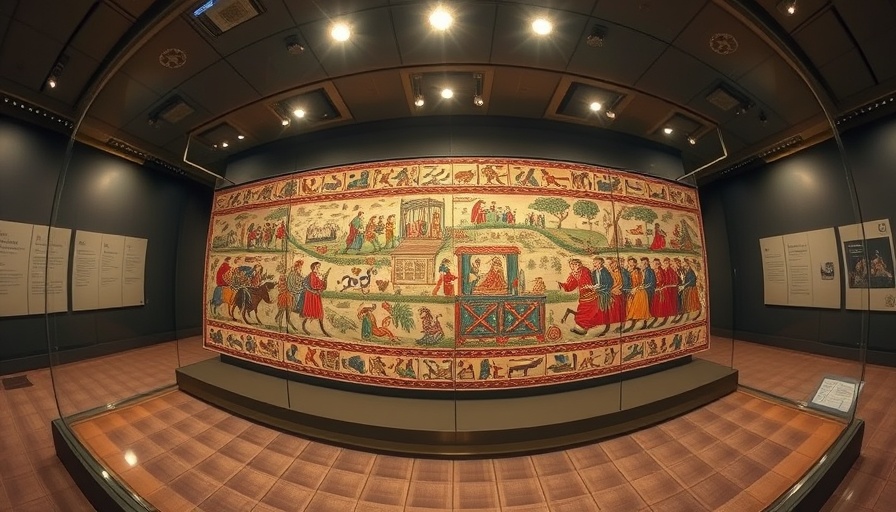
British Museum Reassures Public on Bayeux Tapestry Safety
The British Museum has recently addressed concerns regarding the safety of the iconic Bayeux Tapestry. Known for its historical significance, the tapestry has been a centerpiece of cultural heritage studies. Experts emphasize that while conservation efforts are essential, the tapestry remains secure within the museum's collection, continuing to attract visitors who marvel at its intricate embroidery depicting the Conquest of England in 1066. This reassurance comes amidst the growing conversation about the preservation of cultural artifacts in our volatile world.
Marilyn Monroe's Historic Los Angeles Home Saved
In other noteworthy news, a Los Angeles judge has intervened to preserve the former residence of Hollywood legend Marilyn Monroe. The home, now a cherished site for fans and historians alike, faces potential changes that could alter its character. The ruling underscores the importance of protecting not just physical structures but also the memories they hold. Monroe's legacy continues to inspire, prompting discussions about the value of historical homes in the context of modern urban development.
The Importance of Cultural Heritage Protection
The recent developments bring to light the broader theme of how societies value their historical and cultural artifacts. Museums and preserved homes are not merely buildings or exhibitions; they are touchstones of community identity and learning. Engaging with these sites fosters a deeper understanding of our past and encourages conversations about our future.
Local Initiatives Celebrating History
Here in Philadelphia, local organizations actively promote awareness of historical sites through community events and educational programs. These grassroots initiatives, often led by passionate individuals, create a vibrant tapestry of local stories. They empower residents to connect with their community, offering a personal touch to education about history and heritage.
Connecting Communities Through Heritage
The recent news surrounding the Bayeux Tapestry and Monroe's home serves as a reminder of the importance of community ties through cultural heritage. Not only do these sites hold historical significance, but they also tell personal stories that resonate deeply with individuals. As we delve into our shared past, we foster relationships that strengthen community bonds and enrich our daily lives.
Cultural heritage is an ever-evolving narrative that should be protected, celebrated, and passed on to future generations. By participating in local heritage initiatives, visiting museums, and supporting historic preservation efforts, you contribute to a vibrant cultural landscape that reflects and enriches our collective human experience.
 Add Row
Add Row  Add
Add 




Write A Comment